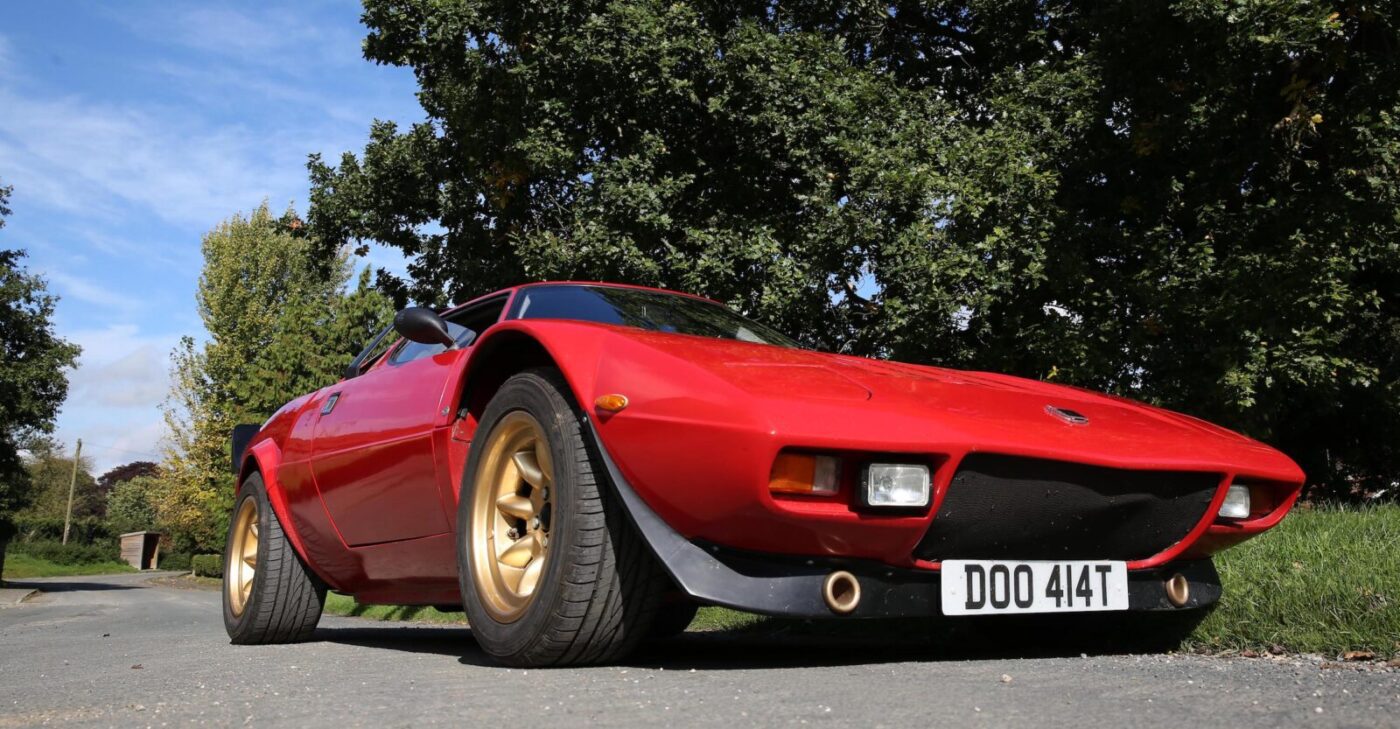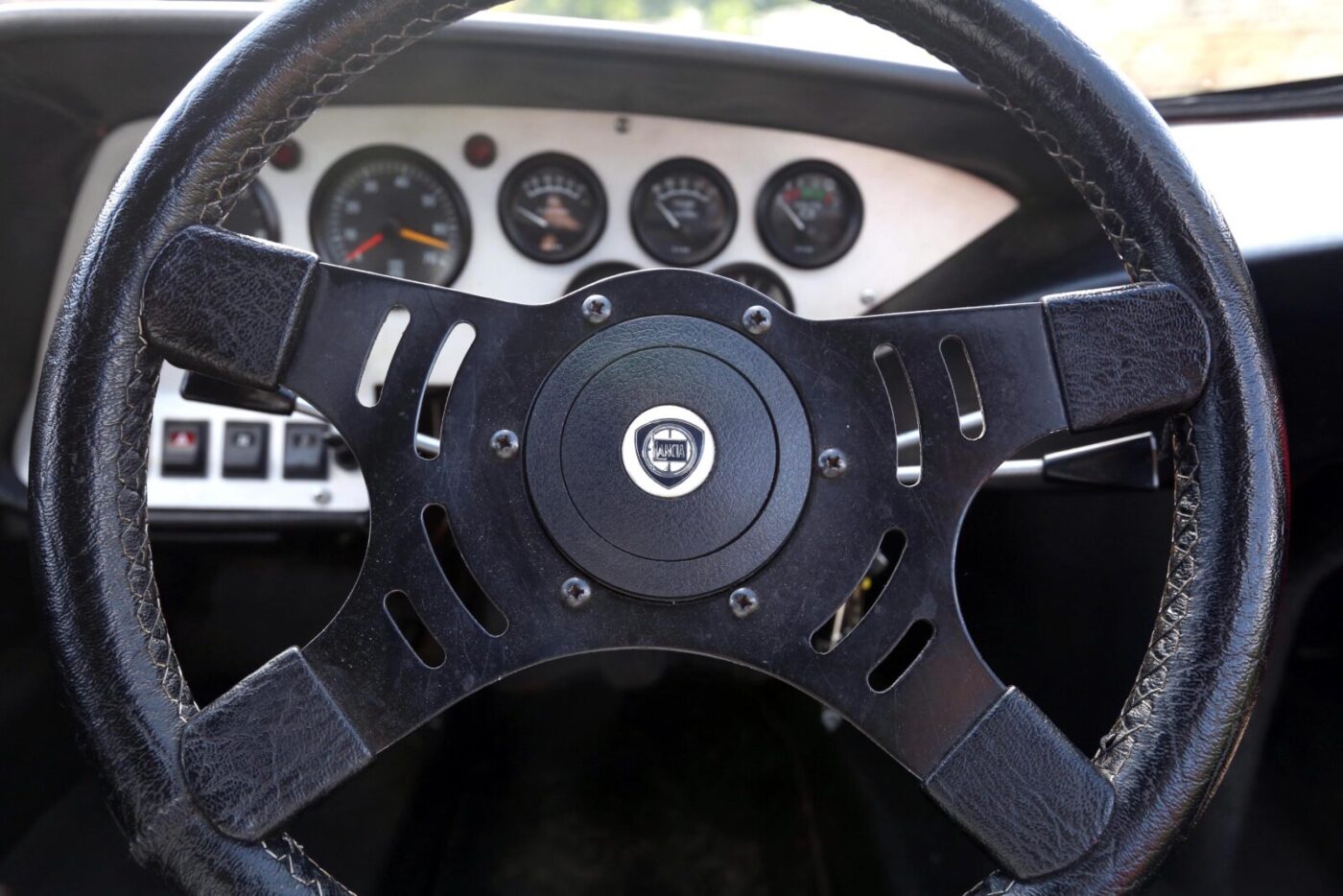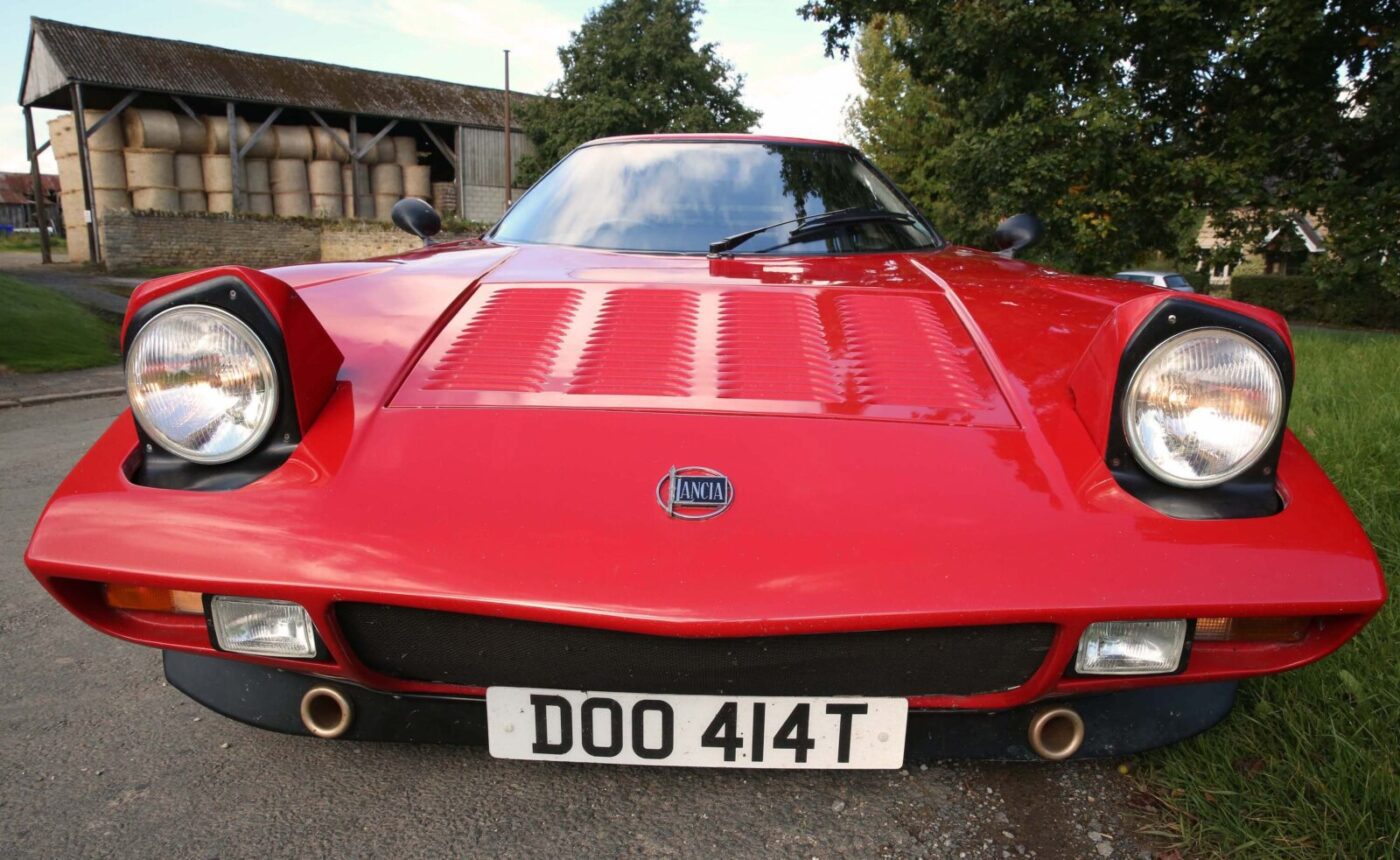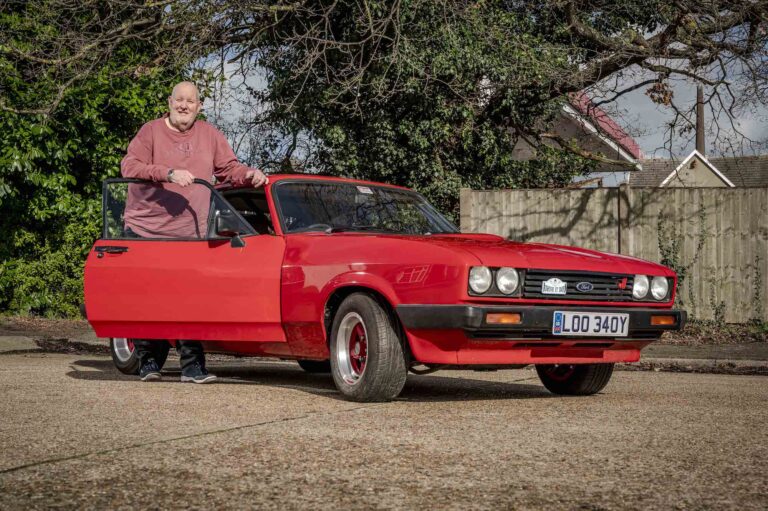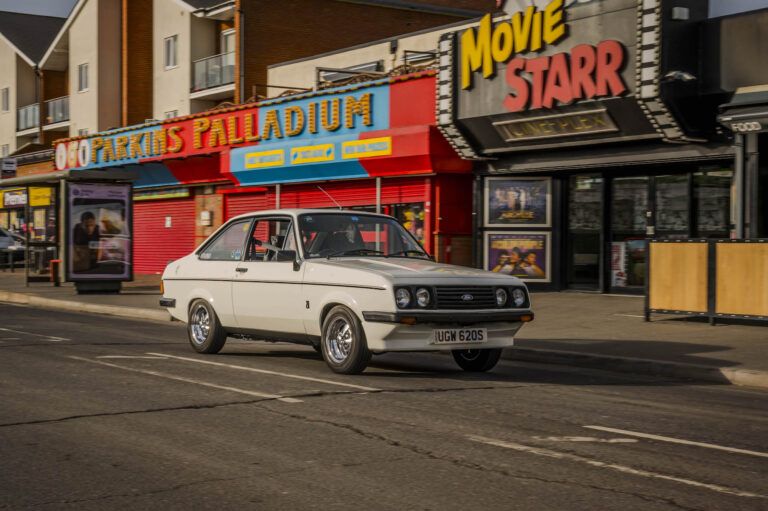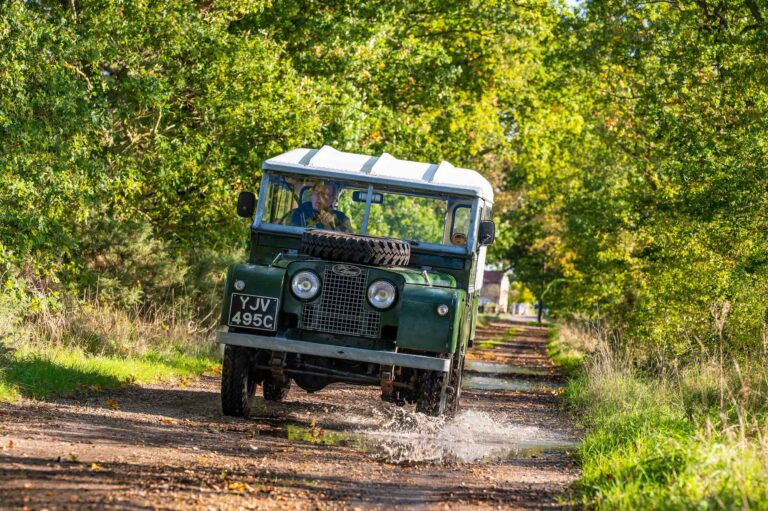The Lancia Stratos was a weapons-grade rally car, a singular piece of barely possible wedge-shaped aggression designed for one thing only – to win world championships.
Bertone’s outrageous, uncompromising design, married to a Ferrari V6 powerplant, duly revolutionised the rallying world in the 1970s, taking consecutive world titles between ‘74 and ‘76.
Very few could ever get their hands on the road version, however, with only an official 492 – called the Stradale – built for homologation purposes.
They were, and remain, exorbitantly expensive, and that’s why, in 1987, David Jowsey decided to build his own, joining the growing ranks of Stratos kit car owners who now outnumber those of the originals.
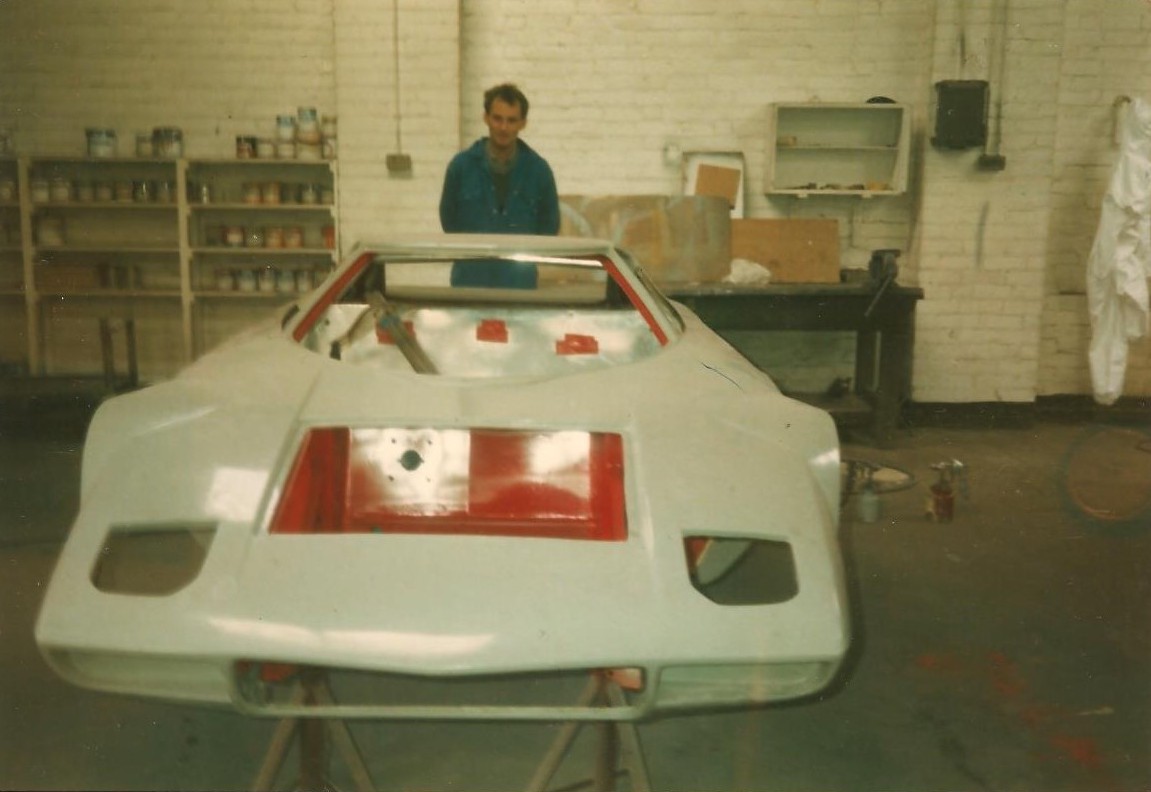
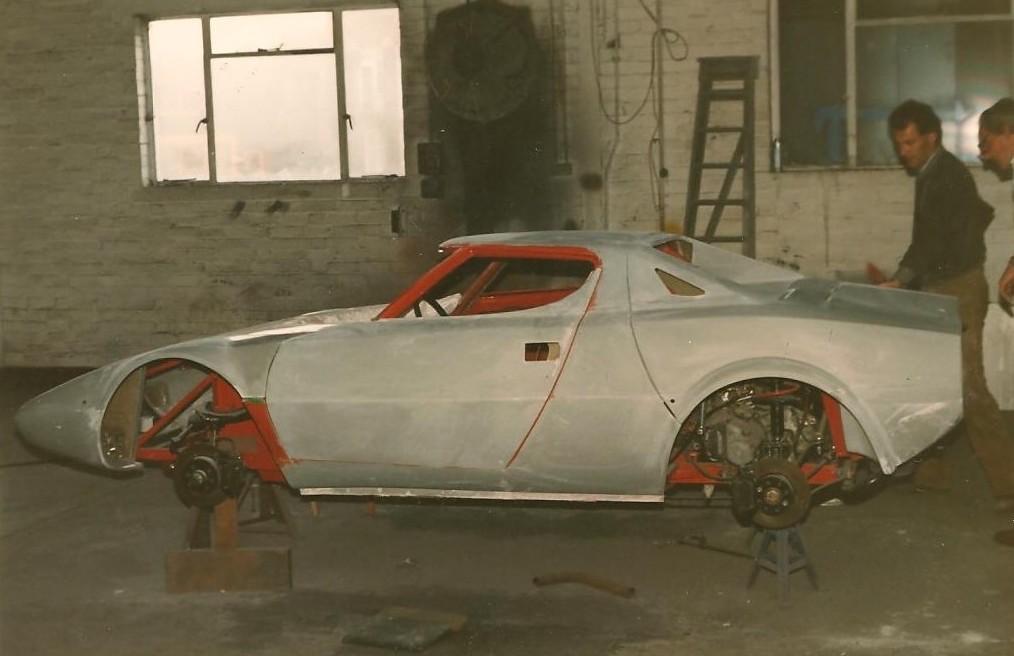
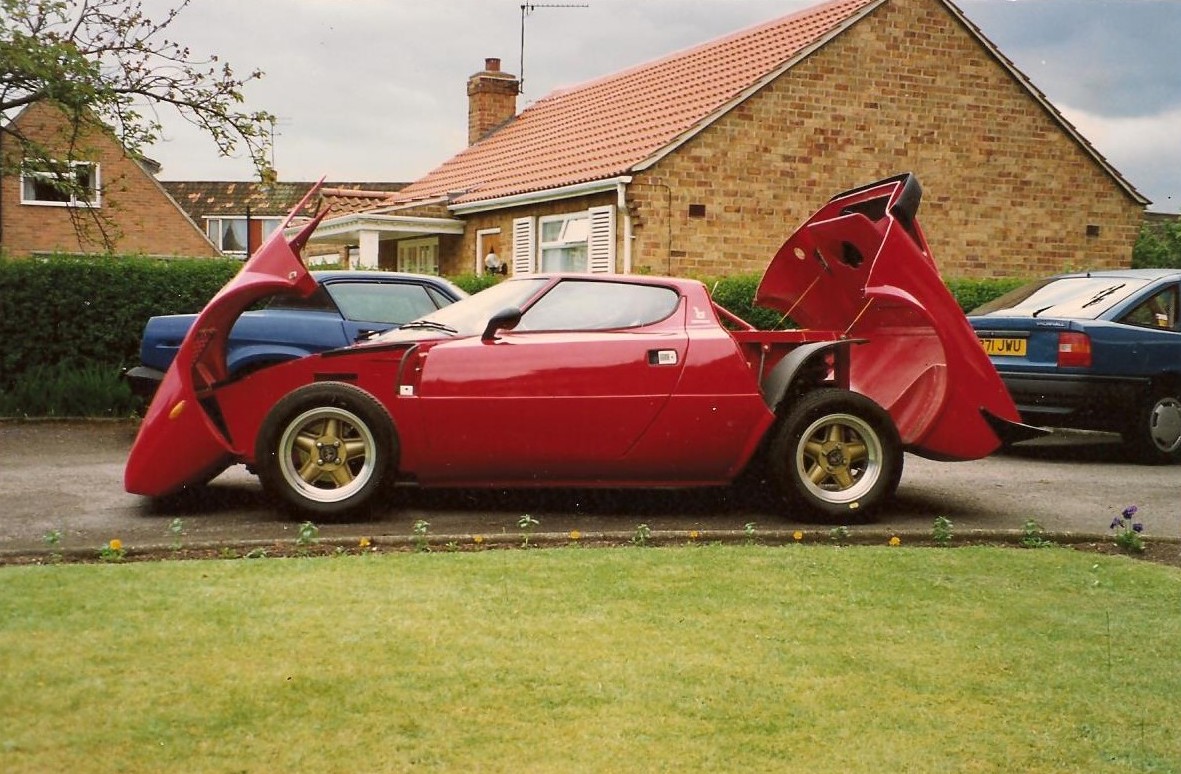
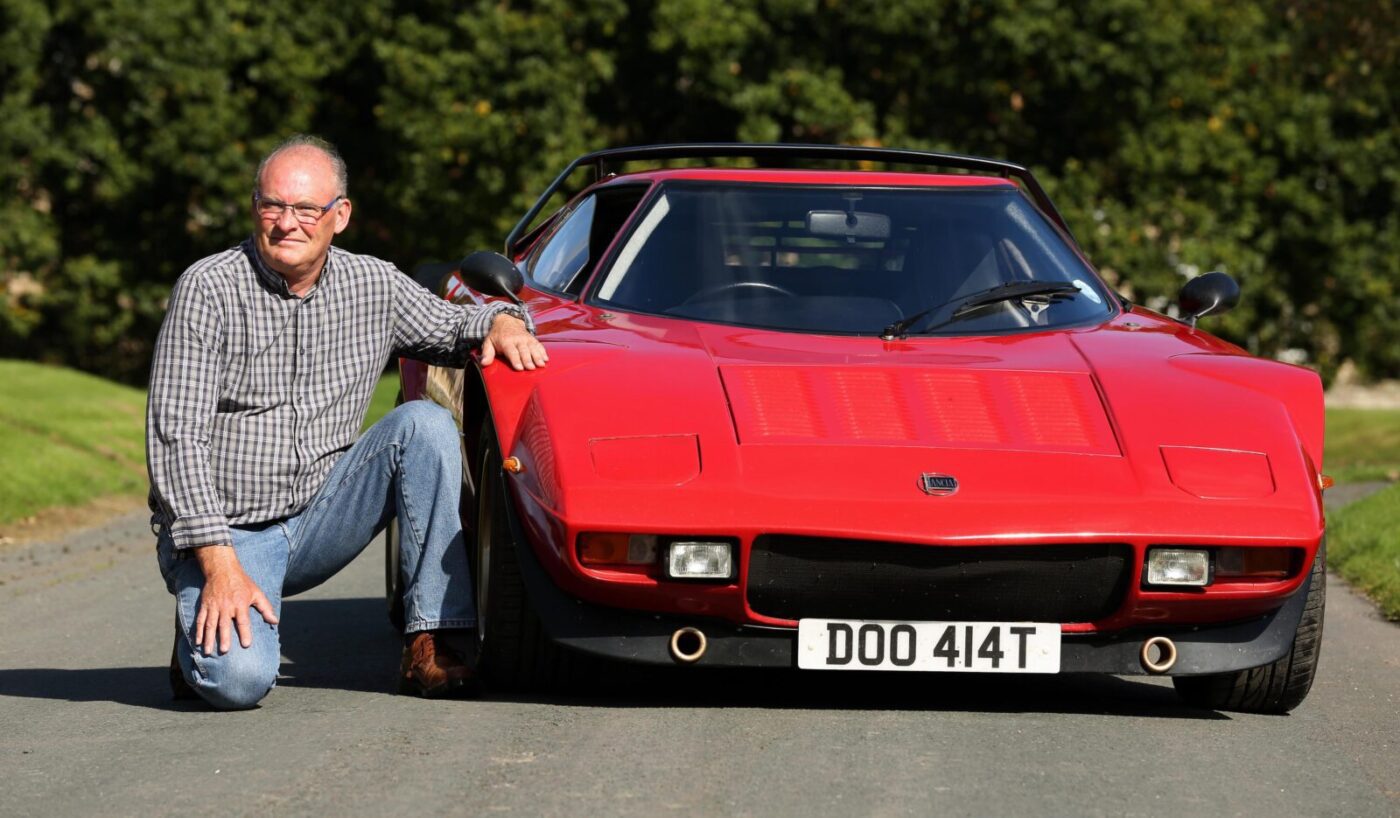
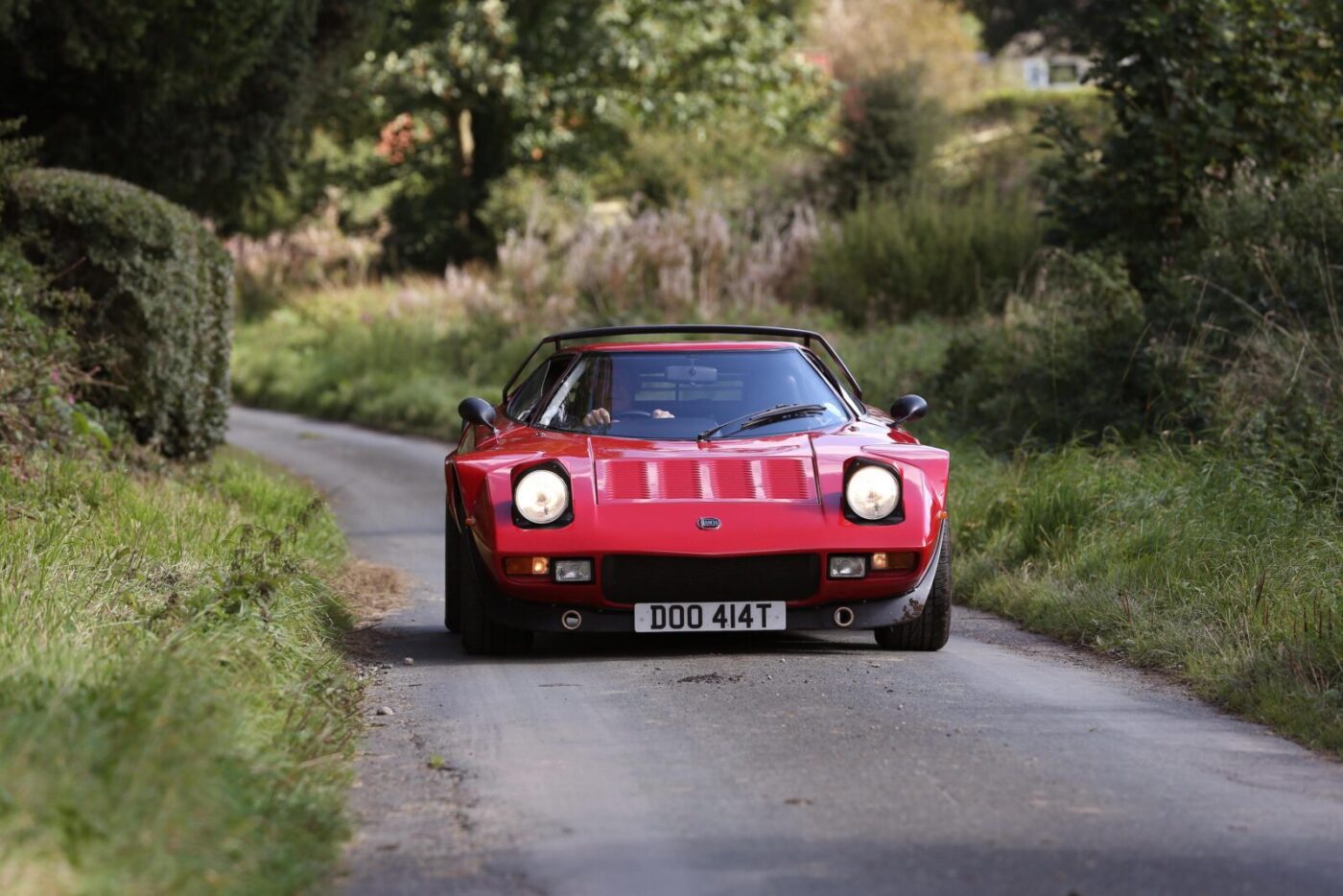
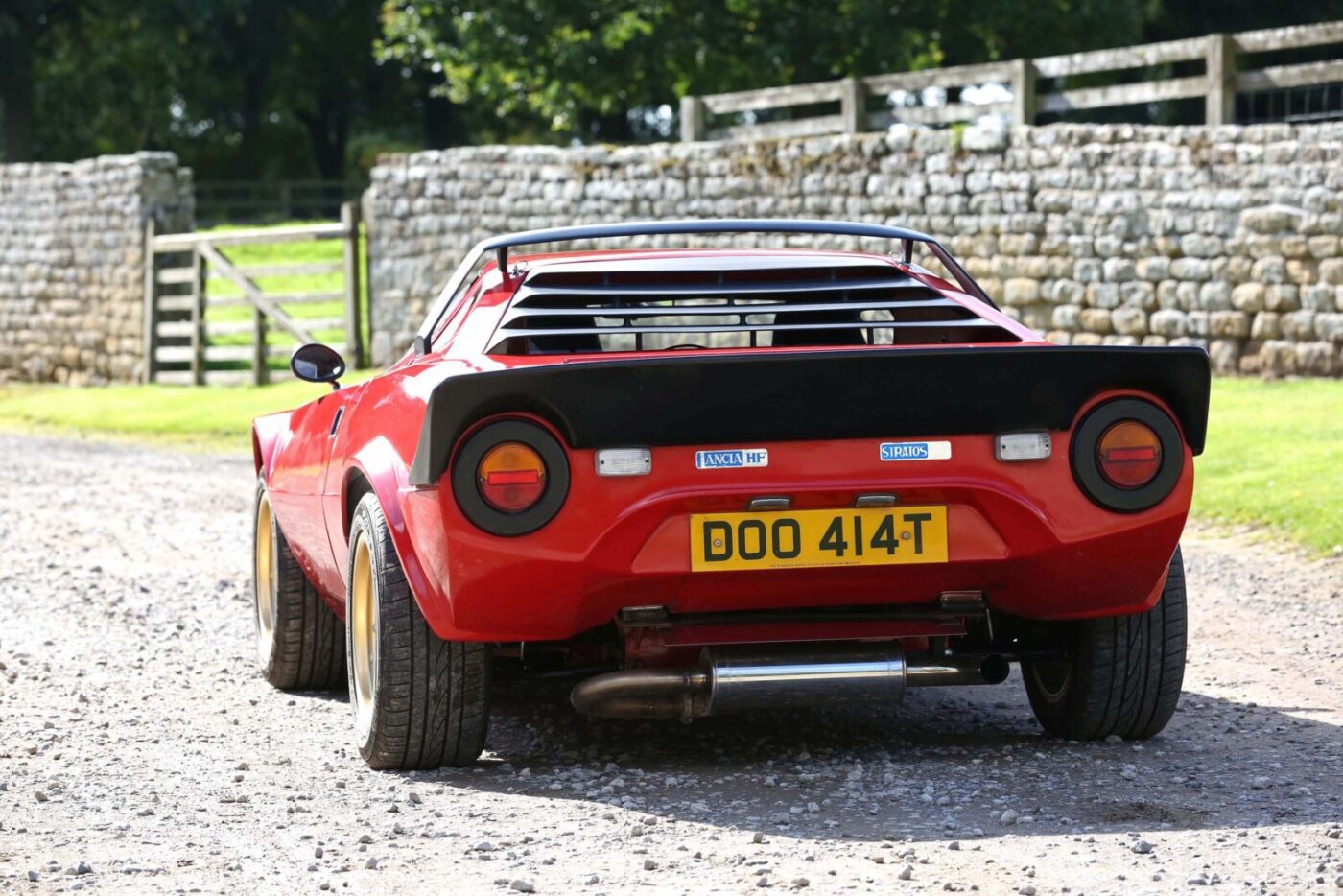
Car from another planet
His Allora kit, with all the looks of a car from another planet for a fraction of the price, is one of just 13 produced, only two of which are on the road in the UK, plus a third that has never been fully built, and one each in France and Germany.
David, a retired wayleave officer who lives in North Yorkshire, paid £3,750 for a “stage one” kit after reading an article in a kit car magazine.
“I’ve always had an interest in that sort of thing,” he says. “I would buy the kit car magazine, and one day they must have had a comparison between what you could buy. There were two different Stratos kits – the Transformer and the Allora.
“They came out very close together. I got the details for both cars, but I was working in Cambridge at the time and the Allora chap lived in Bushey in Hertfordshire, while the Transformer cars were in Frant in Sussex.
“The Transformer also used the Lancia Beta subframe, which I wasn’t too keen on. So I plumped for the Allora, partly for the shorter delivery time.
“I thought ‘if I don’t do it now, it will never happen’. I pushed the boat out and got a small bank loan.”
The kit, produced by Handmade Cars, came with a fibreglass bodyshell, chassis, bulkhead, doors, centre section with dash, inner sills and all the nuts and bolts to put it together.
David’s father, however, who owned a body repair company, was horrified when the car turned up on a trailer at his bodyshop.
“When it arrived it was half a car,” says David, now 60. “Just a chassis with grey fibreglass. When I brought it back originally in its basic form, the look on my father’s face was like ‘what on earth have you done there?!’
READ MORE ABOUT SOME OF OUR GREATEST CLASSIC CARS WITH

A series of articles on our Cult Classics site.
You are going to produce a car out of this?
“He was horrified. He was so disappointed, but as it started to take shape he was gradually won over, and always used to talk about it. It was just the horror of seeing it in its unbuilt state on the back of a trailer. “‘You are going to produce a car out of this?’ But lo and behold, the phoenix rose from the ashes!”
What David needed most, of course, was an engine, and while most Stratos kit owners use an Alfa Romeo V6 to remain as close in spirit to the original Ferrari Dino unit as possible, he opted for a simpler 2-litre, twin-cam engine from a Lancia Beta.
The original Stratos HF (for High Fidelity) used the Beta engine in prototype form before Enzo Ferrari released 500 engines once the Dino was out of production.
“I wanted to keep it simple,” he says. “I like the stone-age tech that goes with 70s and 80s cars, no fuel injection and all doable yourself.
“It gives the car a slightly better balance, with not so much weight at the back, with the 2-litre engine.”
The Beta, bought as an MoT failure for £150 with a rather tired engine, which was swapped for a Guy Croft-prepared unit producing about 160bhp, was stripped of other useful parts.
“I used the wiring loom and anything else I could scavenge,” he explains. “The registration number of the Beta still lives on on the Allora.
“In those days the IVA was not in existence, so I built it up, presented it for MoT and after that we could get it on the road. It was initially registered as a two-door, red Lancia Beta saloon, a car which didn’t exist!
“Then in the 90s there was an amnesty on anything that wasn’t properly registered. DVLA came out, and if it retains enough of the donor car you can get it properly registered, so it’s now registered as a 1978 Allora Lancia replica, which will become tax exempt in December 2018.”
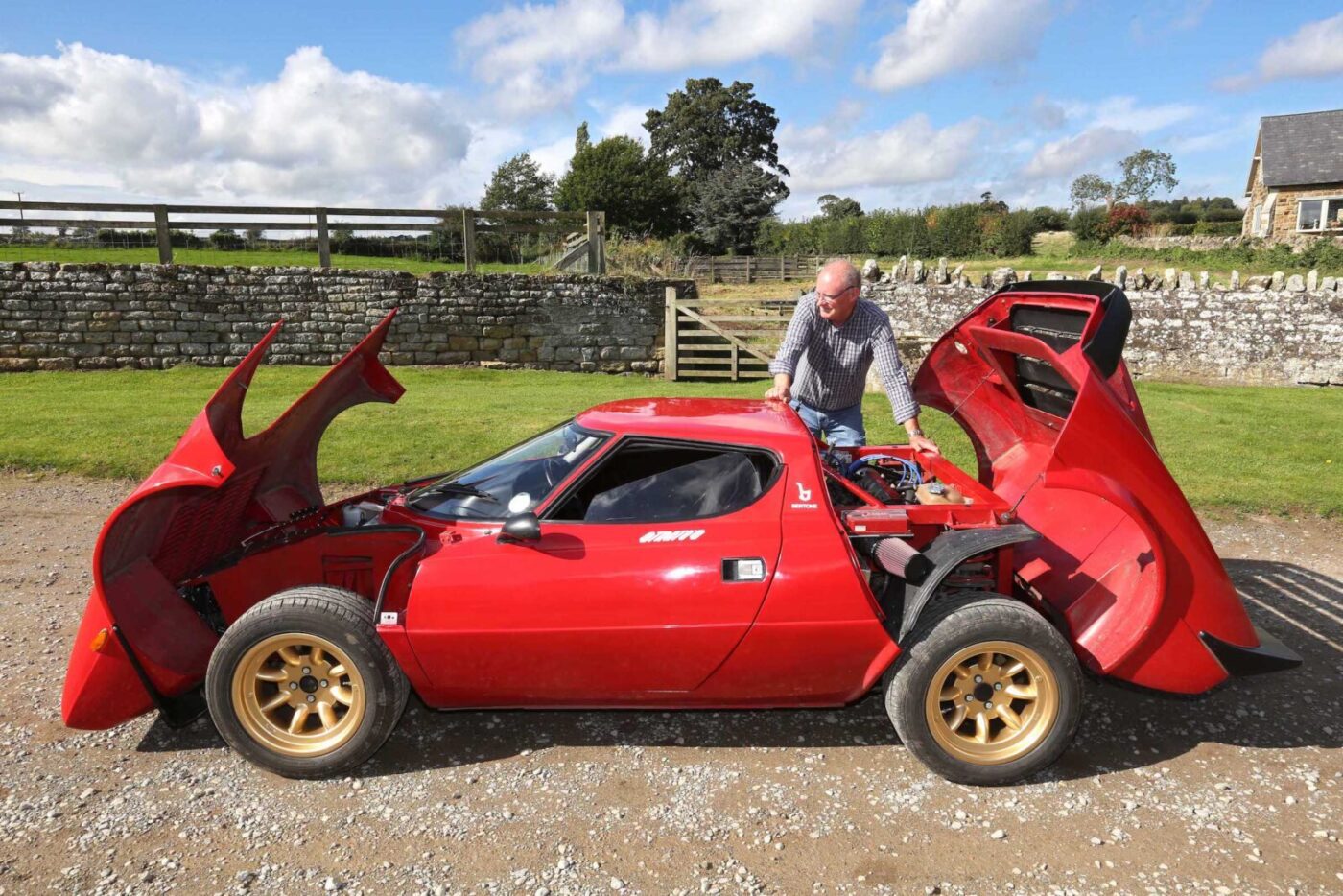
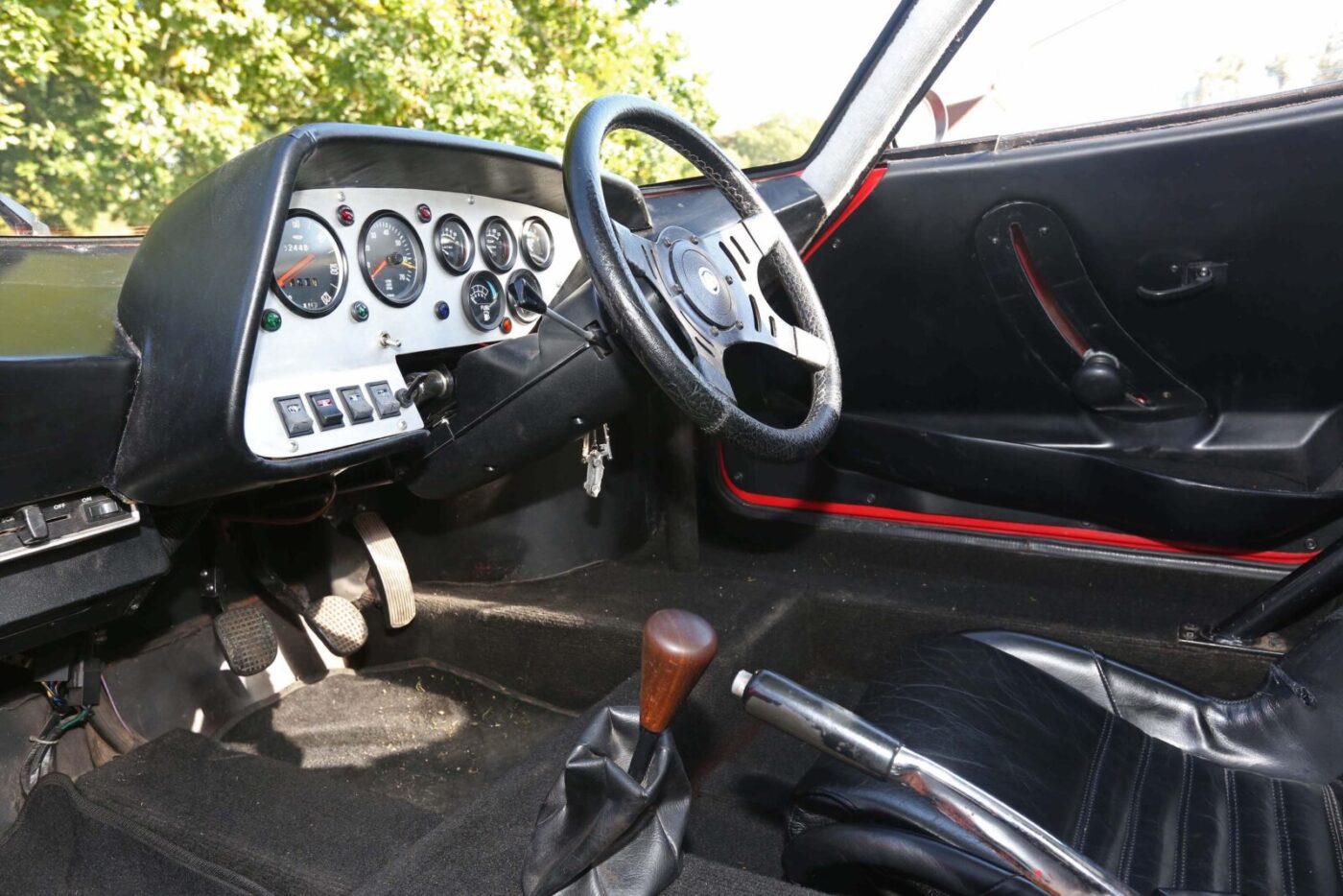
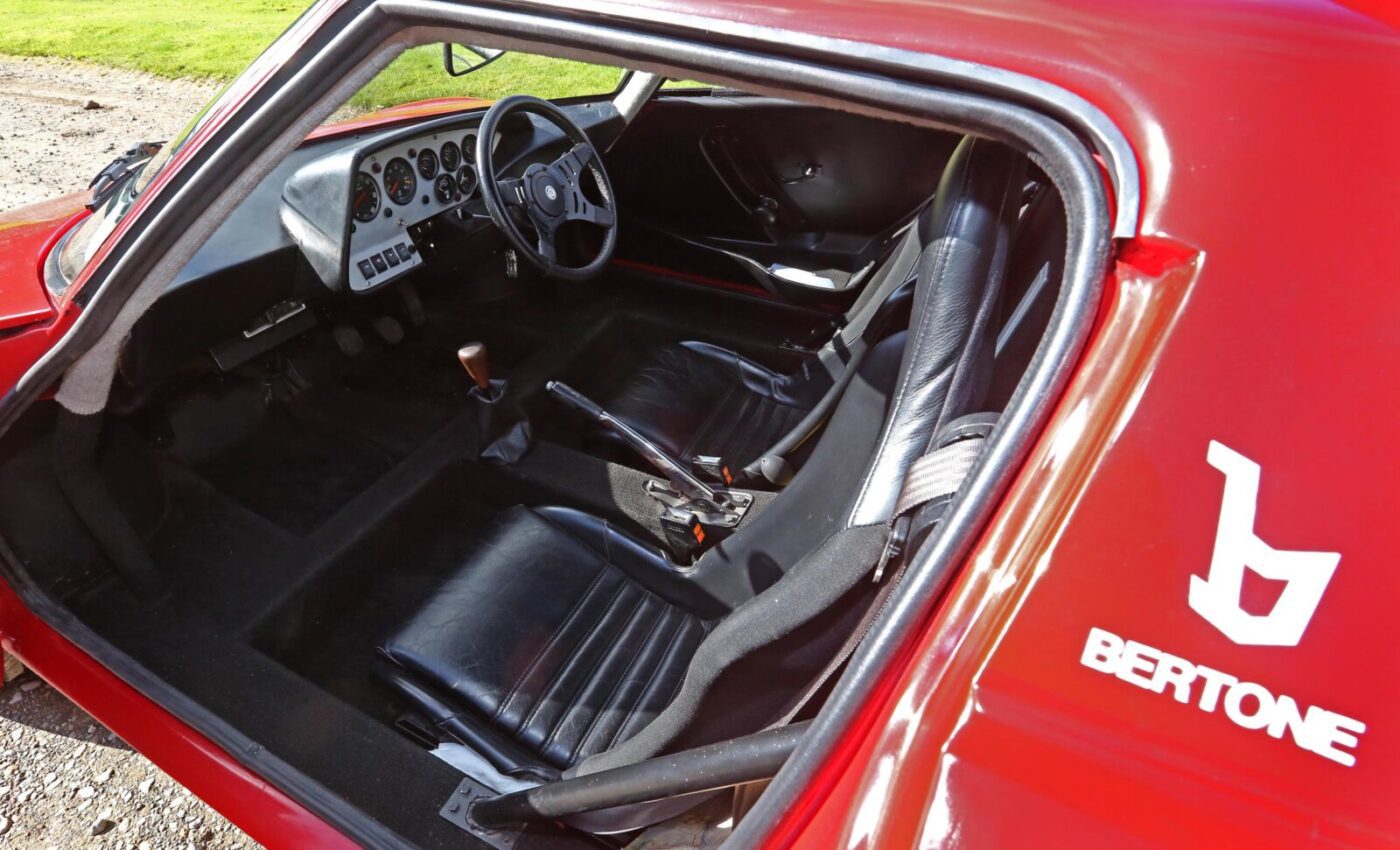

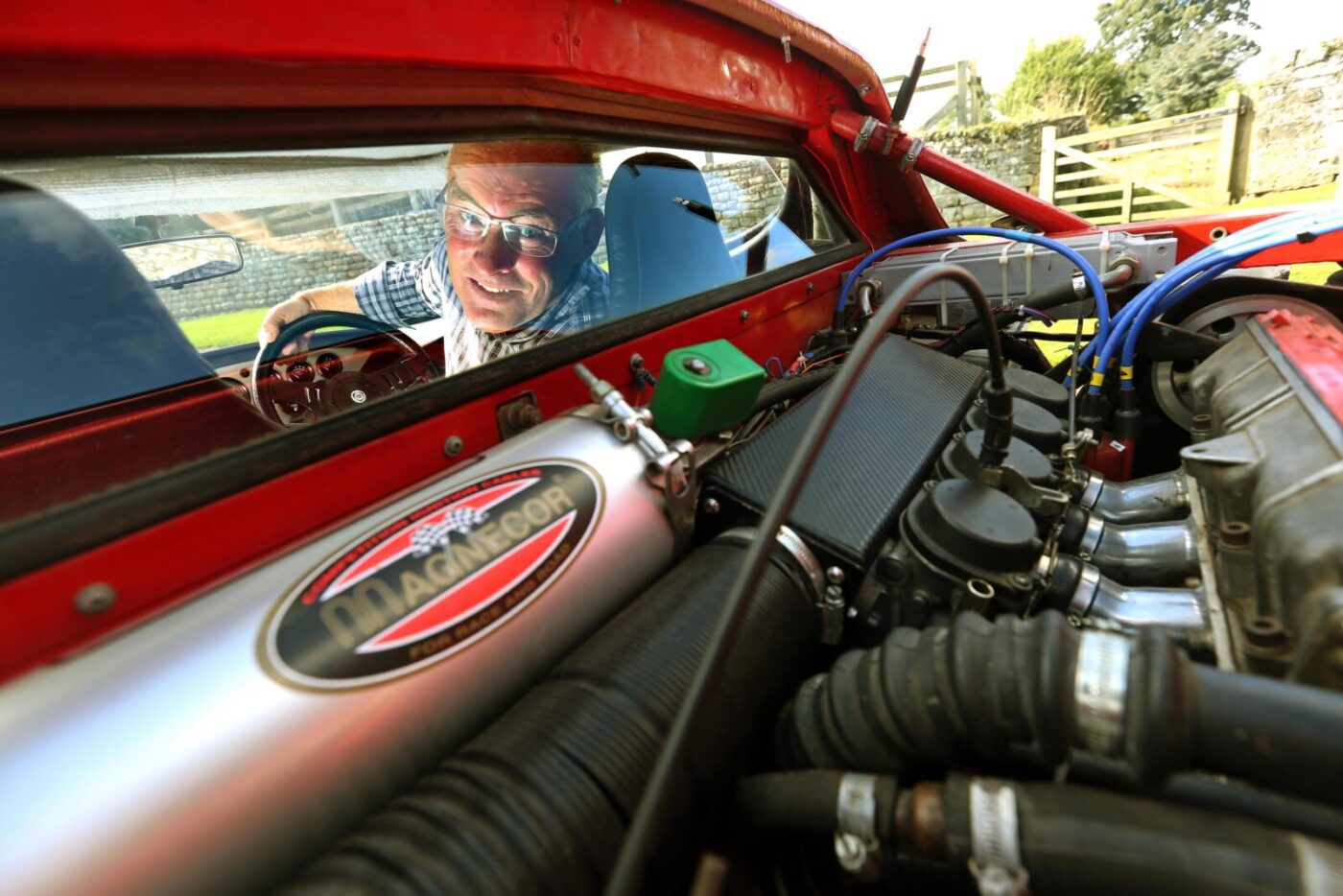
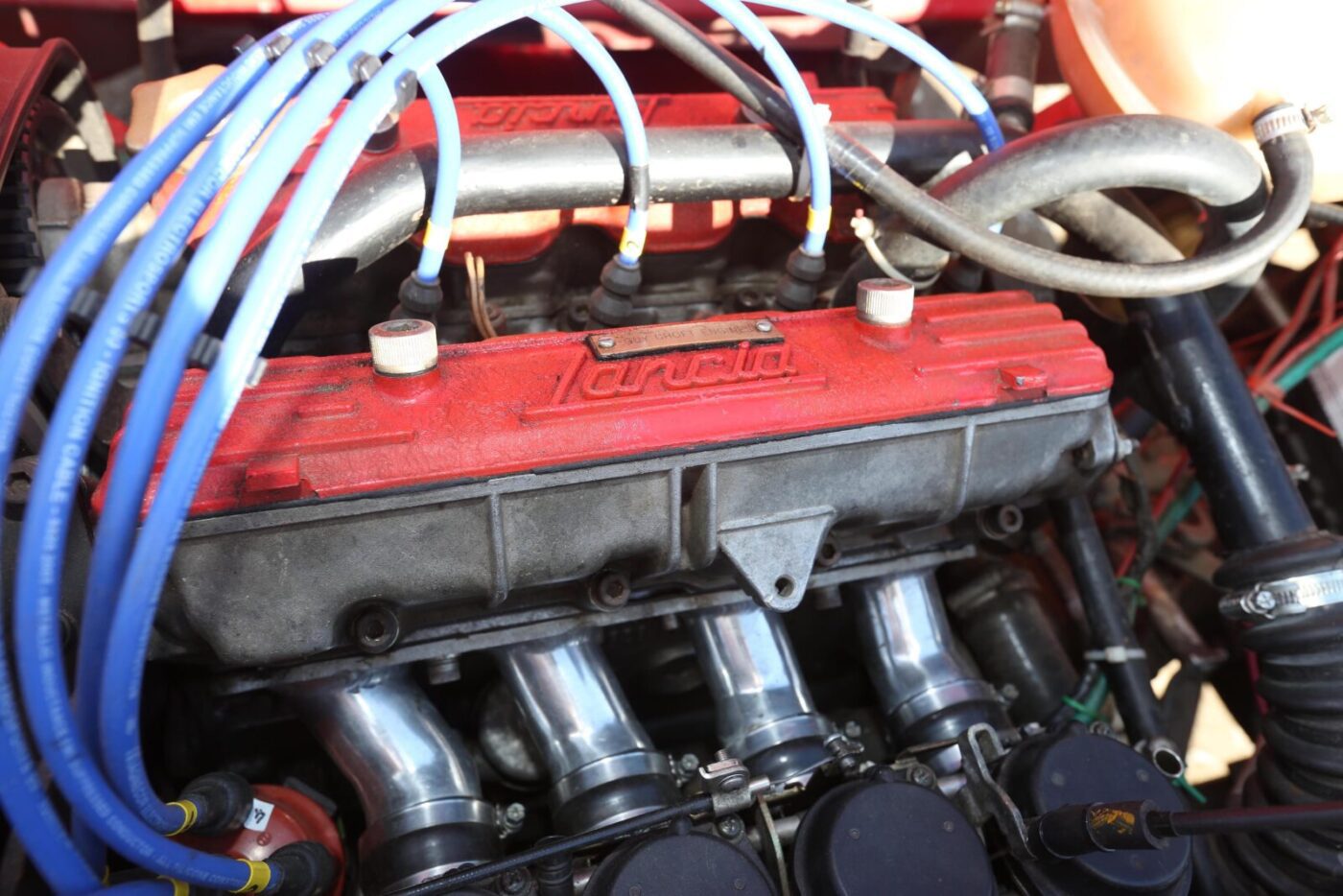
There are now far more replicas than real ones
With so few Stradale road cars available, the Stratos was always a popular choice for kit car manufacturers, with Litton, Carson, Napiersport, Transformer, Hawk and Lister Bell all producing replicas, the latter to this day.
“There are now far more replicas than real ones,” says David, who retired in January and now has more time to both work on and enjoy driving the car, including a planned trip to the Le Mans Classic next summer.
“It’s the only way people ever see them on the road, as the originals are worth about £400,000 and they get parked away unless someone who has money to burn is prepared to risk one on the road.
“At least I can drive this one, and it’s the same basic experience as the original. Someone brought an original to the Silverstone Classic and unless you really know, you wouldn’t know the difference.”
81.5% of customers could get a cheaper quote over the phone
Protect your car with tailor-made classic car insurance, including agreed value cover and discounts for limited mileage and owners club discounts

It’s one of those motoring works of art
The Stratos was always a head-turner in its day, and David’s car attracts the sort of admiring – and often questioning – looks usually reserved for exotica worth 10 times his estimated value of £20,000.
“It’s one of those motoring works of art, and it doesn’t look dated now for a car that was designed more than 40 years ago,” he says.
“It’s just a classic shape. I’d find it difficult for anybody to think that it doesn’t look very nice. It always draws attention and, though that’s not what it was bought for, I do like that about it.
“Something like a McLaren is in a different league altogether, but it can get as many looks as one of those to a certain degree.
“It’s just interesting seeing the look on other people’s faces. They know it’s something special but most of the younger ones don’t know what it is.
“A small group of us did a drive round the Lake District in August and we got quite a lot of attention – there were people taking pictures by the side of the road.
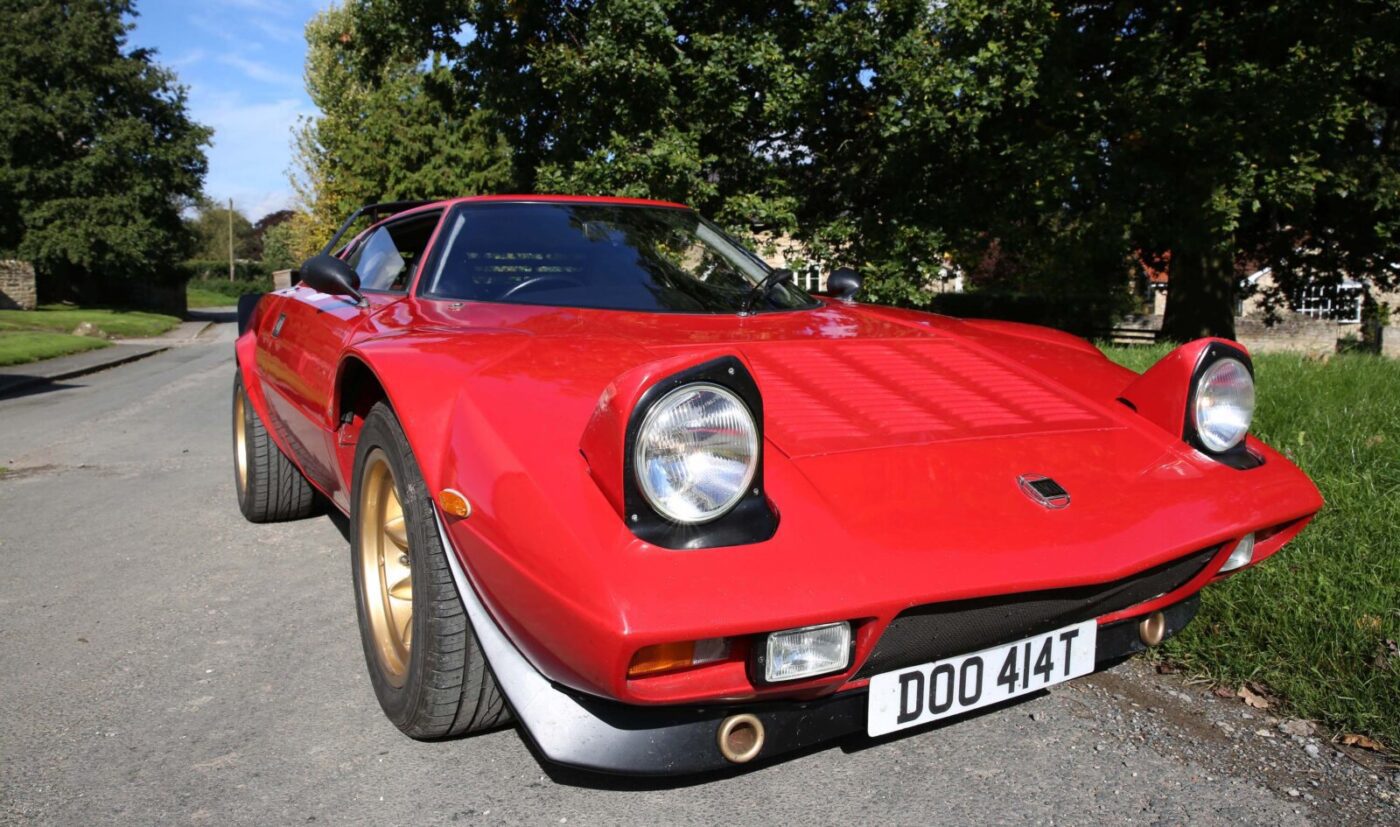
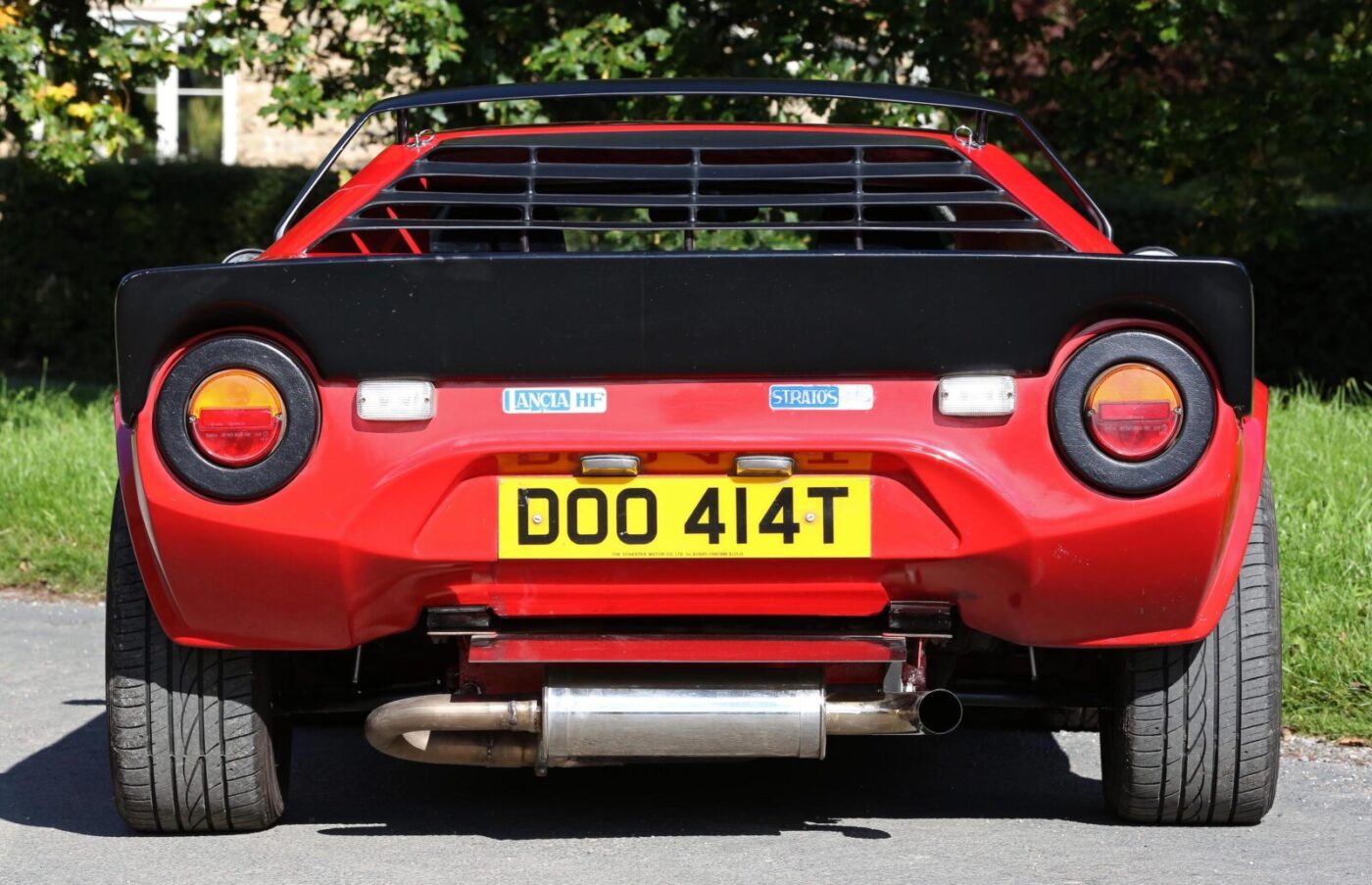
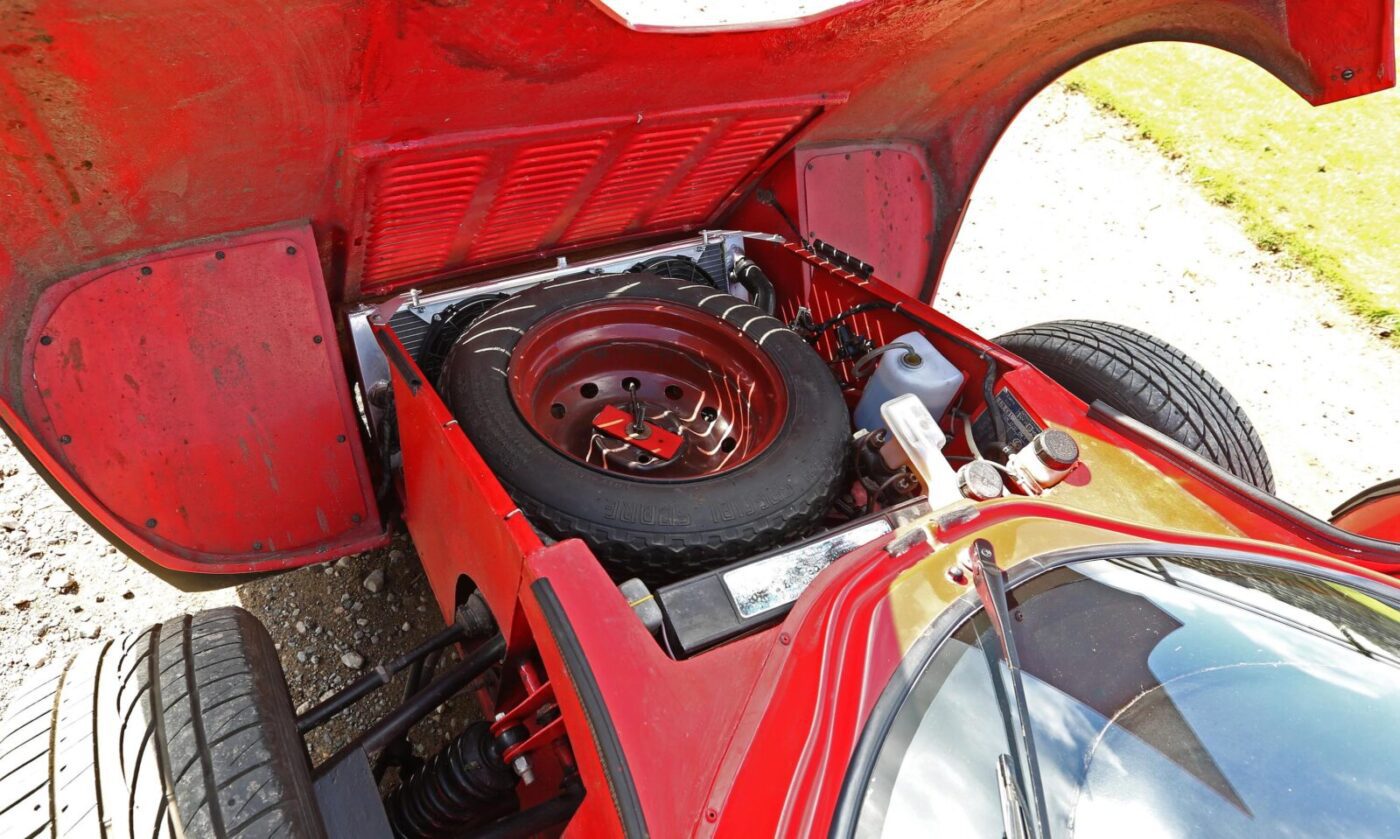
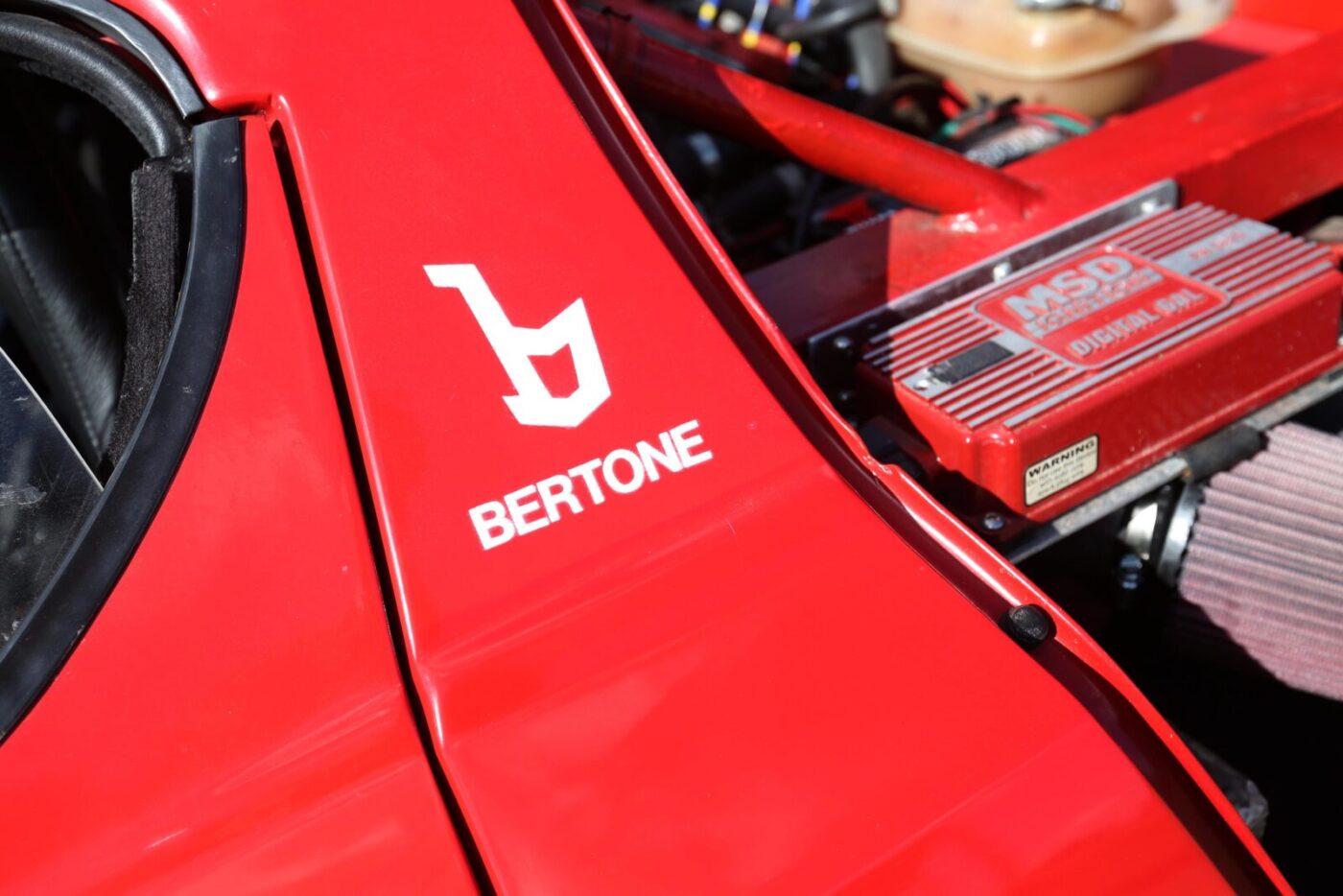
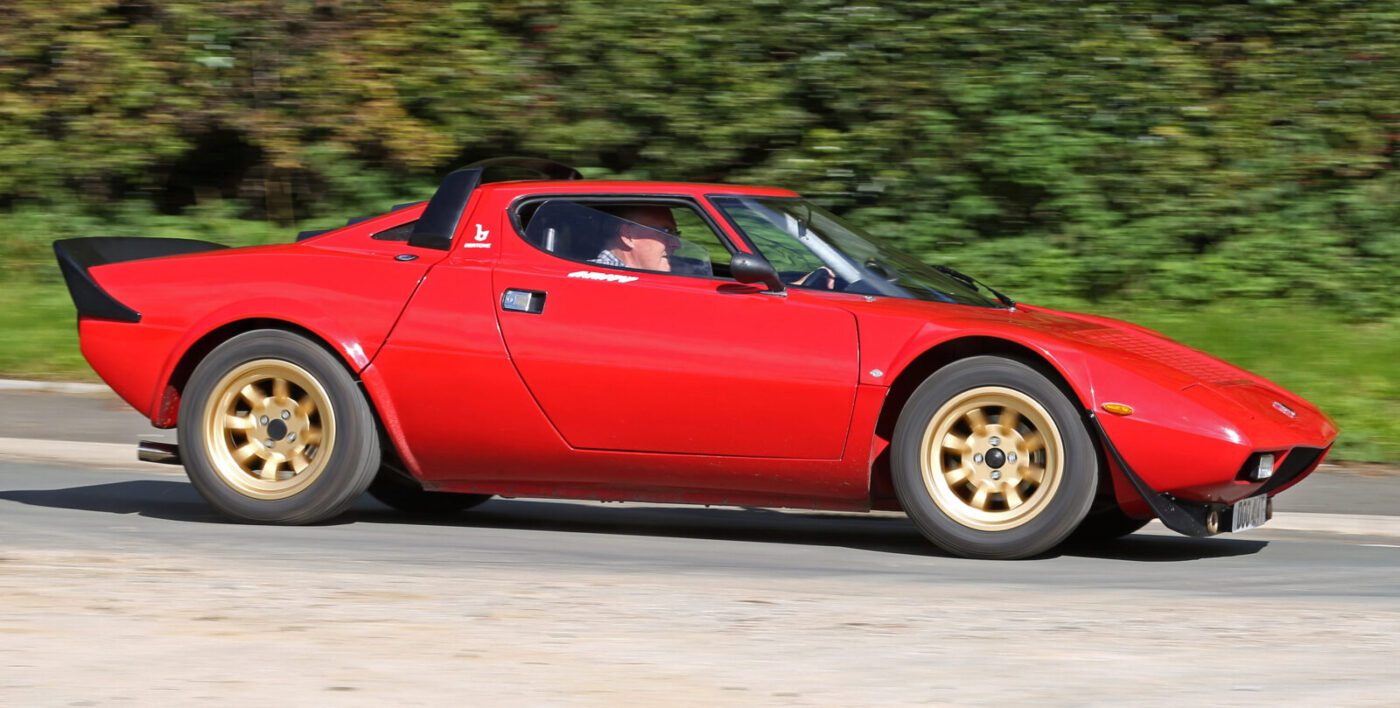
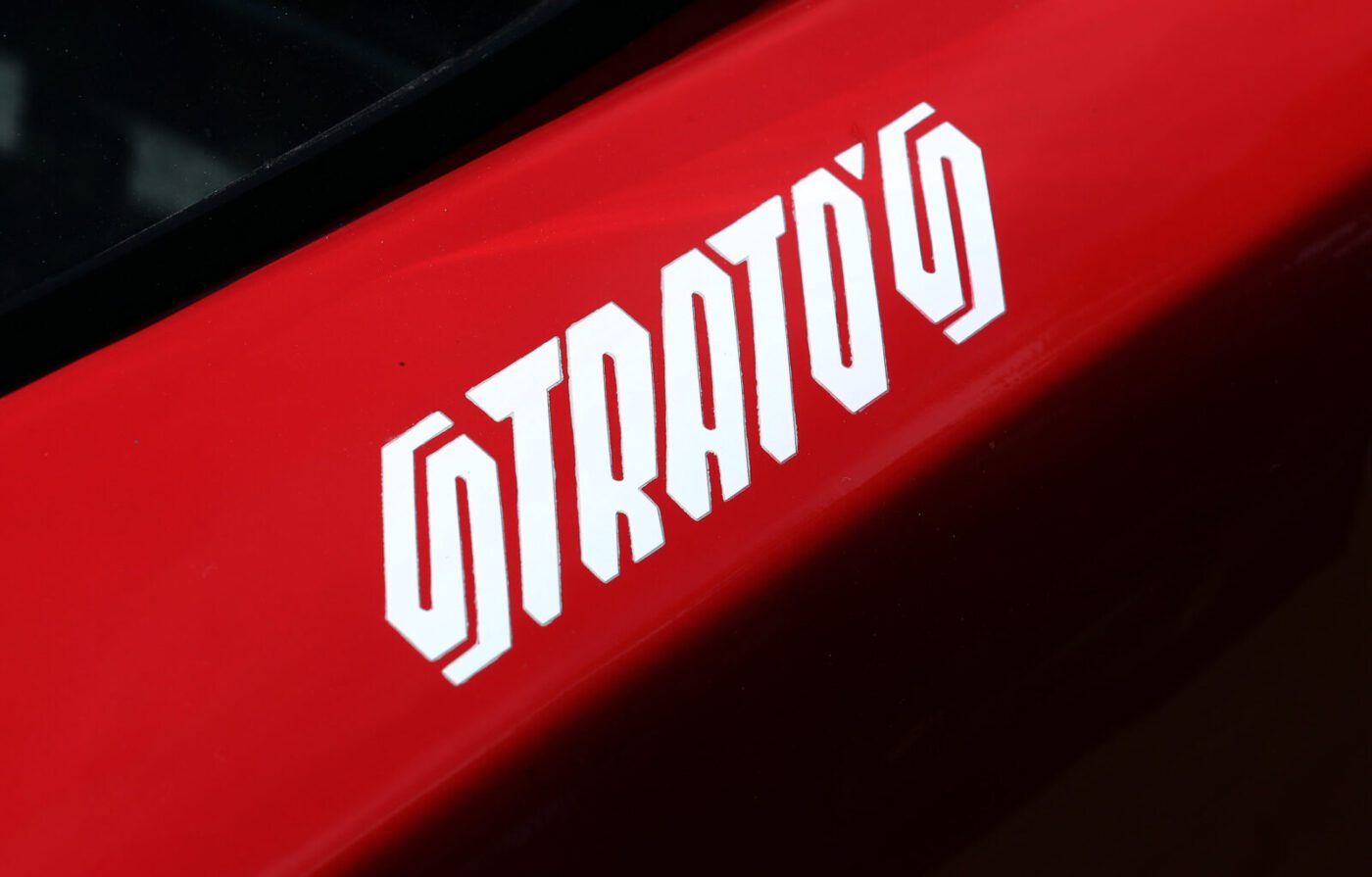
It’s a replica, I don’t have £400,000 or £500,000!
“It’s always of interest to people and they ask me if it’s an original one. I’m always quick to say ‘no, it’s a replica, I don’t have £400,000 or £500,000!”
The Stratos, built specifically for the rally circuit, always had a reputation of being twitchy on the roads, and the Allora is no different.
“It’s better than you’d think it would be,” says David. “It has a short wheel base so if you get on a bit of a humpty dumpty road it gets a bit busy, moving around all the time.
“It’s not a motorway cruiser – it’s to be driven on country roads. But my wife loves it – on our trip to the Lake District she was a bit worried about her back but she was surprised how it didn’t really affect her over 170 miles.”
The full cost of the build was between £7,000 and £8,000, but the project is never finished, with tweaks and improvements always ongoing.
“I enjoy pottering about with it,” says David. “The door on the passenger side had lost its shape – it looked like it was going uphill. I did a whole load of measuring up, took 21mm off the bottom of the door, refitted and repainted it and it’s a lot better than it was. It took me 30 years to do that!”
David’s loft is full of bits and pieces accumulated over the years, including the Fiat X1/9 brake calipers he recently replaced, while he built his own wishbones to replace the inadequate Lada ones.
READ MORE ABOUT SOME OF OUR GREATEST CLASSIC CARS WITH

A series of articles on our Cult Classics site.
It’s almost a part of me
Anyone thinking of making David an offer for the car will have a long wait.
“As long as I can get in it and drive it I shall keep it,” he says. “It’s almost a part of me really – I built it and I know it from top to bottom, every nut and bolt. It lives in the garage, and everything else lives outside.
“I love driving what appears to be a bit of exotica, it’s the same experience but underneath it’s got mechanicals I can work on myself.”
So after 30 years, the car that David built will continue to attack the North Yorkshire countryside with the sort of no-holds-barred gusto its legendary inspiration took to the rally circuit.
